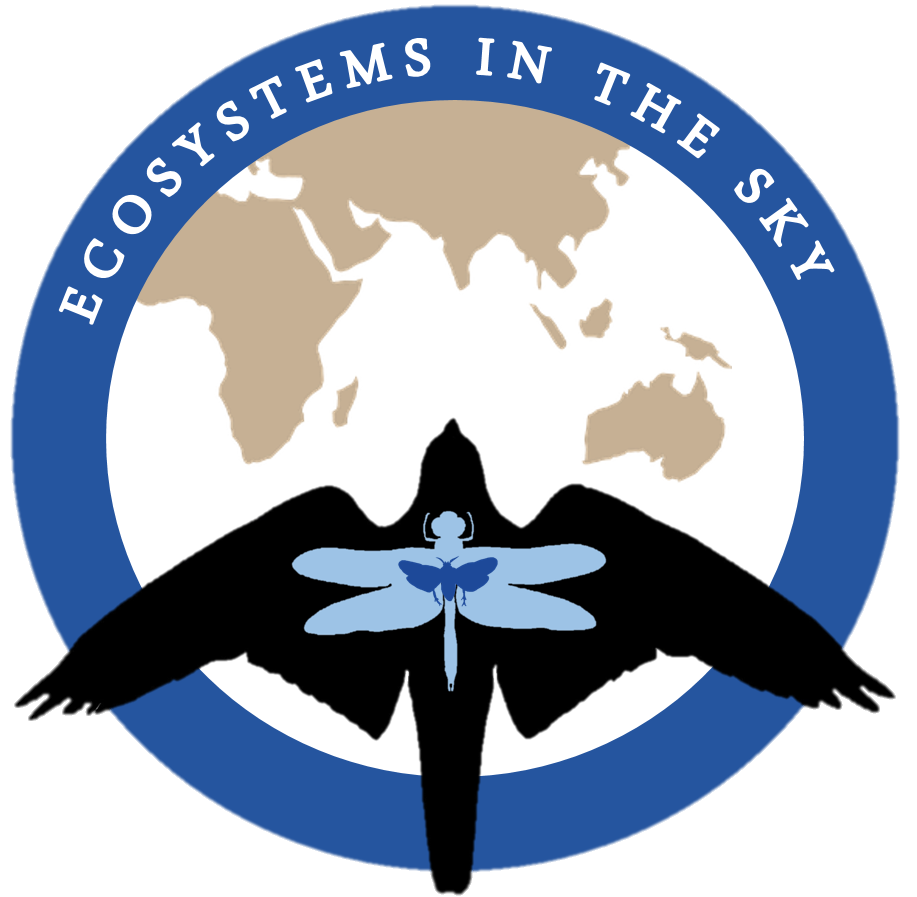Tehtering dragons
A dried black-tailed darter acting as a model for a thether
A selection of glues to try…
One thing that interest me regarding dragonfly migration and dragonfly behaviour during migration, is how dragonflies can navigate to find their way. Some species appear to migrate without a specific goal, following landscape features such as coastlines and rivers. For other species, it is suggested that a specific direction for their migration is pivotal, for example: the globe skimmer crosses hundreds of kilometres of open water and have to accurately navigate in order to reach its goal and not perish in the Indian Ocean. The migrant hawker and the common darter are other examples, in regions where the summers are very hot and dry, these species migrate to higher altitudes where it is cooler during the summer, and for this they also need to accurately navigate their surroundings.
In order to study how dragonflies navigate, one needs to control all factors that might influence them. It is also important to have your study object in a setting that allows their behaviour to be accurately observed. This all means the dragonfly has to be brought from the wild into the lab.
Previous studies on insect migration has looked at navigational abilities in butterflies and moths. In all these experiments, the insects have been carefully glued to a tether and then placed in “an arena” (usually a cylindrical container of some sort). Their behaviour is then recorded in a flight simulator, where one can measure their ability to navigate using, for example, the sun above them, visual cues (a landmark drawn on the arena wall), magnetic cues or the night sky.
The first step to do something similar with dragonflies, is to figure out how to tether them. Dragonflies are much bigger and stronger fliers than most other insects, and their backs is made up of a lot of moving parts enabling their flight.
Learn more about insect navigation:
In other media
ABC Australia’s article on bogong moth migration
Nature’s article summarising research on monarch butterflies.
Research publications
Cardé (2008). Animal migration: seasonal reversals of migrant moths. Current Biology.
Heinze and Reppert (2011). Neuron.
Guerra et al (2014). A magnetic compass aids monarch butterfly migration. Nature Communications.


